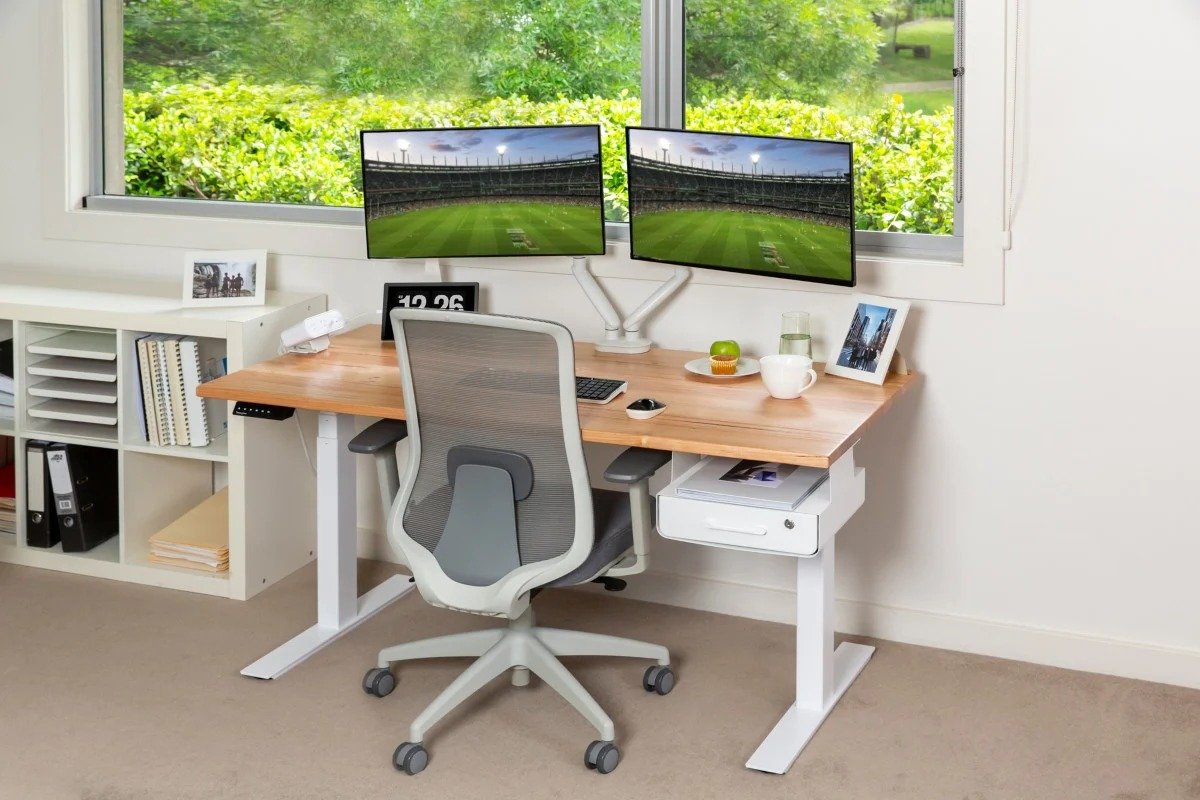The contemporary workplace is continually evolving, with the comfort and well-being of employees gaining prominence in the office environment. Central to this pursuit of workplace wellness is the selection of appropriate office furniture, which plays a pivotal role in boosting not only comfort but also productivity. Among the varied components of office furnishings, one item stands out in its importance to the daily lives of office workers: the ergonomic chair.
The Imperative of Ergonomics
Ergonomics, the science of designing the workplace with the well-being of employees in mind, has substantial implications for office comfort. A key principle of ergonomics is supporting the natural posture and movements of the human body to mitigate the risk of discomfort and injury. Thus, implementing ergonomically designed office chairs is fundamental to fostering a health-oriented workspace.
Understanding the Ergonomic Chair
An ergonomic chair is carefully crafted to provide comprehensive support to the user. It accommodates various body shapes and sizes, and more importantly, it adapts to the user’s movements throughout the day. Unlike traditional office chairs, an ergonomic chair goes beyond the rudimentary adjustments of seat height, offering a multitude of customisable features that include lumbar support, armrests, headrests, and tilt mechanisms.
Adaptable Features
The hallmark of an ergonomic chair lies in its adaptability. Height adjustment is fundamental, ensuring that the feet are flat on the floor and thighs parallel to the ground, thereby reducing pressure on the knees. Lumbar support is critical in maintaining the natural curve of the spine, countering the tendency to slump and leading to increased comfort during prolonged periods of sitting. Armrests, when adjustable, relieve the shoulders of undue strain by supporting the forearms and leading to a more relaxed upper body posture.
Benefits of Ergonomic Chairs
The adoption of ergonomic chairs within the office environment has a multifaceted impact on the workforce. By endorsing correct posture, these chairs alleviate the common aches associated with extended sitting, such as lower back pain and neck stiffness. With enhanced comfort, employees often experience improved concentration and productivity, a direct return on investment for employers. Additionally, ergonomic chairs can contribute to a reduced rate of work-related musculoskeletal disorders, offering a proactive approach to workplace health that can result in fewer sick leaves and potential healthcare savings.
The Economic Advantage
Investing in ergonomic chairs is not merely a matter of employee comfort; it brings about tangible economic advantages. Quality ergonomic furniture is designed to be durable, ensuring longevity and reducing the need for frequent replacements. The efficiency and productivity gains from a comfortable and healthy workforce often outweigh the initial expense, making the procurement of ergonomic chairs a prudent financial decision for any business.
Selecting the Ideal Ergonomic Chair
Selecting the right ergonomic chair involves understanding the specific needs of the users and their work environment. It’s essential to consider the type of work being performed, the duration of use, and any pre-existing health conditions of the user. One should also evaluate the chair’s adjustability, the ease with which it can be adapted, and the quality of materials used in its construction. A thorough trial period is often recommended, allowing users to experience the chair in the context of their day-to-day activities and assess the fit and comfort levels.
Integration within the Workspace
While the selection of an ergonomic chair is vital, it should be part of a broader initiative to cultivate an ergonomic workspace. This quest for overall workplace comfort encompasses desk height, monitor positioning, and the organisation of tools and accessories to minimise unnecessary strain. A holistic approach, where the chair is a piece of a larger ergonomic puzzle, fosters a truly comfortable and productive workplace.
Education and Training
Incorporating ergonomic chairs into the office setting also warrants an emphasis on education and training. Employees must be informed about how to properly adjust and utilise their chairs to reap the full benefits of their features. Ongoing training can ensure that chairs are not merely present but actively contributing to a healthier work environment.
Time to Shift
The transition to an ergonomic office should be seen as a process rather than a one-time event. Assessing the success of ergonomic chairs and making incremental changes where necessary ensures that workplace comfort evolves in line with employees’ needs. It’s also an opportunity to engage with staff, receiving feedback that can inform future decisions regarding office improvements.
Conclusion
In conclusion, elevating office comfort is an essential component of modern workplace management. The central role an ergonomic chair plays in achieving this cannot be overstated. From enhancing productivity to aiding in employees’ health, these chairs are a cornerstone of a truly ergonomic work environment. As businesses continue to recognise the critical nature of workplace well-being, the ergonomic chair will remain a fundamental investment in their most valuable asset: their employees.









